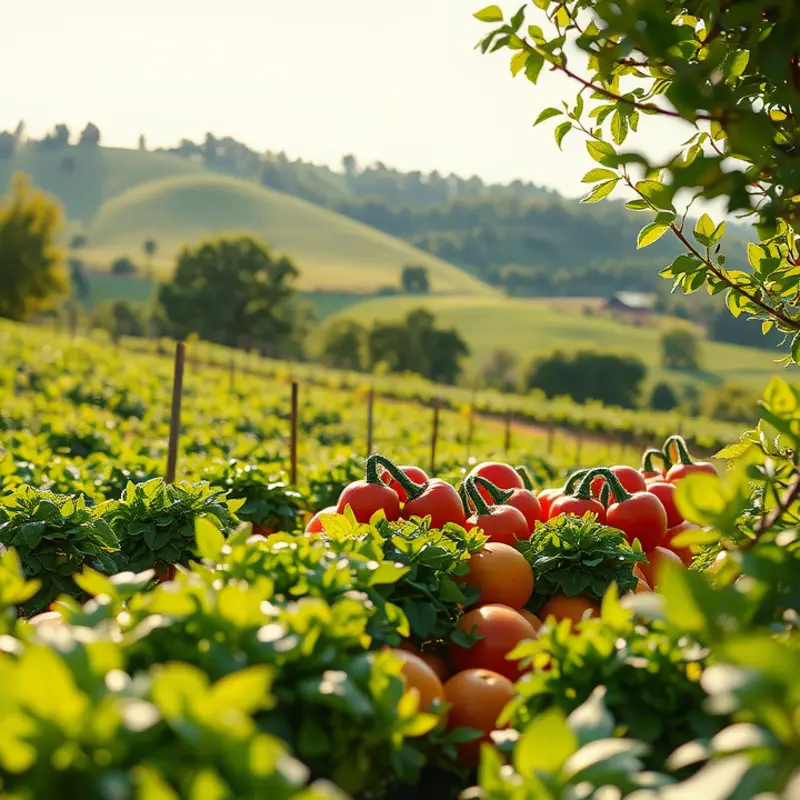Packing lunches safely requires attention to food storage and management. Knowledge on safe storage techniques minimizes waste and keeps meals fresh. With the right approaches, you can efficiently prepare nutritious lunches while prioritizing safety and sustainability at home.
Understanding Safe Food Storage

Ensuring your meals are both delicious and safe requires understanding critical food storage principles. At the heart of safe storage lies temperature control. Foods should be stored at temperatures that inhibit bacterial growth. For cold storage, ensure your refrigerator is set at or below 40°F (4°C). For frozen items, maintain a temperature of 0°F (-18°C) or lower.
Packaging plays a crucial role in maintaining these temperatures. Opt for airtight containers to prevent contamination. Avoid packaging materials that can leach chemicals into your food. Use reusable containers that not only sustain the food’s freshness but also contribute to waste reduction.
When it comes to meal prep, timing is vital. Prepare meals that will be consumed within a few days if refrigerated. The Low-Waste Cooking and Prep approach can guide you to plan meals efficiently, minimizing leftover waste and maximizing ingredient use.
Different food types demand specific considerations. Meats, for instance, should be stored on the bottom shelf of the refrigerator to prevent juices from contaminating other foods. Vegetables and fruits should be kept separate to avoid ripening gases from spoiling produce prematurely. Delicate greens benefit from a quick rinse and then stored in a breathable bag or container with a damp cloth.
Adhering to food safety guidelines extends beyond the immediate act of storage. Regular checks on expiration dates and maintaining a refrigerator cleaning schedule can prevent food spoilage and potential hazards. With mindfulness, these practices not only ensure food safety but encourage sustainable habits, paving the way for a healthier kitchen environment.
These principles are essential for anyone packing lunches, whether for work or school, and striving to maintain a balance between health, safety, and sustainability. A well-organized fridge with clearly labeled items promotes a clearer mind and bolsters overall food safety.
Minimizing Waste with Smart Meal Management

Reducing food waste is not only an environmental concern but also an efficient way to manage resources. With a bit of organization and planning, meal preparation can become a key player in minimizing waste while ensuring healthy and delicious lunches.
Batch Cooking and Planning
Batch cooking allows you to prepare larger portions of meals that can be divided into individual servings for the week. This strategy saves time and reduces waste as ingredients are used up before they spoil. By cooking in batches, you can also limit the frequency of cooking sessions, optimizing use of energy resources. When planning batch meals, consider versatile ingredients that can be adapted into several dishes, such as grains, vegetables, or proteins.
Using Airtight Containers
Airtight containers are essential to extend the shelf life of cooked meals and raw ingredients. Proper storage prevents moisture and air exposure, which can accelerate spoilage. Select containers that are suitable for both refrigeration and freezing to maximize flexibility. Ensure containers are clear, allowing you to easily identify contents and avoid unnecessary purchases of duplicate items.
Creative Leftover Utilization
Leftovers are a goldmine for creative meal management. Transform uneaten dinners into exciting new lunches by repurposing them. For example, last night’s roasted vegetables can become tomorrow’s salad topping or sandwich filling. Pureed leftover soups can serve as a flavorful base for sauces or pasta. Embrace the art of improvisation and mix different textures and tastes to keep meals diverse and appealing.
Effective Organization
Organization is your ally against waste. Keep your pantry, fridge, and freezer tidy to see what you have on hand. Implement a ‘first in, first out’ system, placing newer items behind older ones to ensure nothing is forgotten. Create a weekly food plan that includes all meals and snacks to streamline shopping and reduce impulse buying.
Smart meal management extends beyond mere ingredient savings. It supports a more sustainable kitchen, reducing the strain on resources. For those looking for additional tips on enhancing food storage and minimizing waste, consider exploring eco-smart kitchen storage techniques, which offer environmentally friendly strategies that complement meal preparation efforts.
By embracing these practices, you can craft a zero-waste lunch, leading to both personal and environmental benefits. A little creativity and foresight go a long way in redefining meal management, making it an integral component of reducing food waste.
Final words
Safer lunch packing is more achievable with a solid understanding of food storage and waste reduction strategies. By applying proper food safety practices, such as correct temperature storage and creative meal management, you can enhance both your food quality and sustainability efforts. These actionable tips will help you prepare nutritious, safe lunches while making a positive impact on the environment. Embrace these methods for a healthier home and a greener planet.







